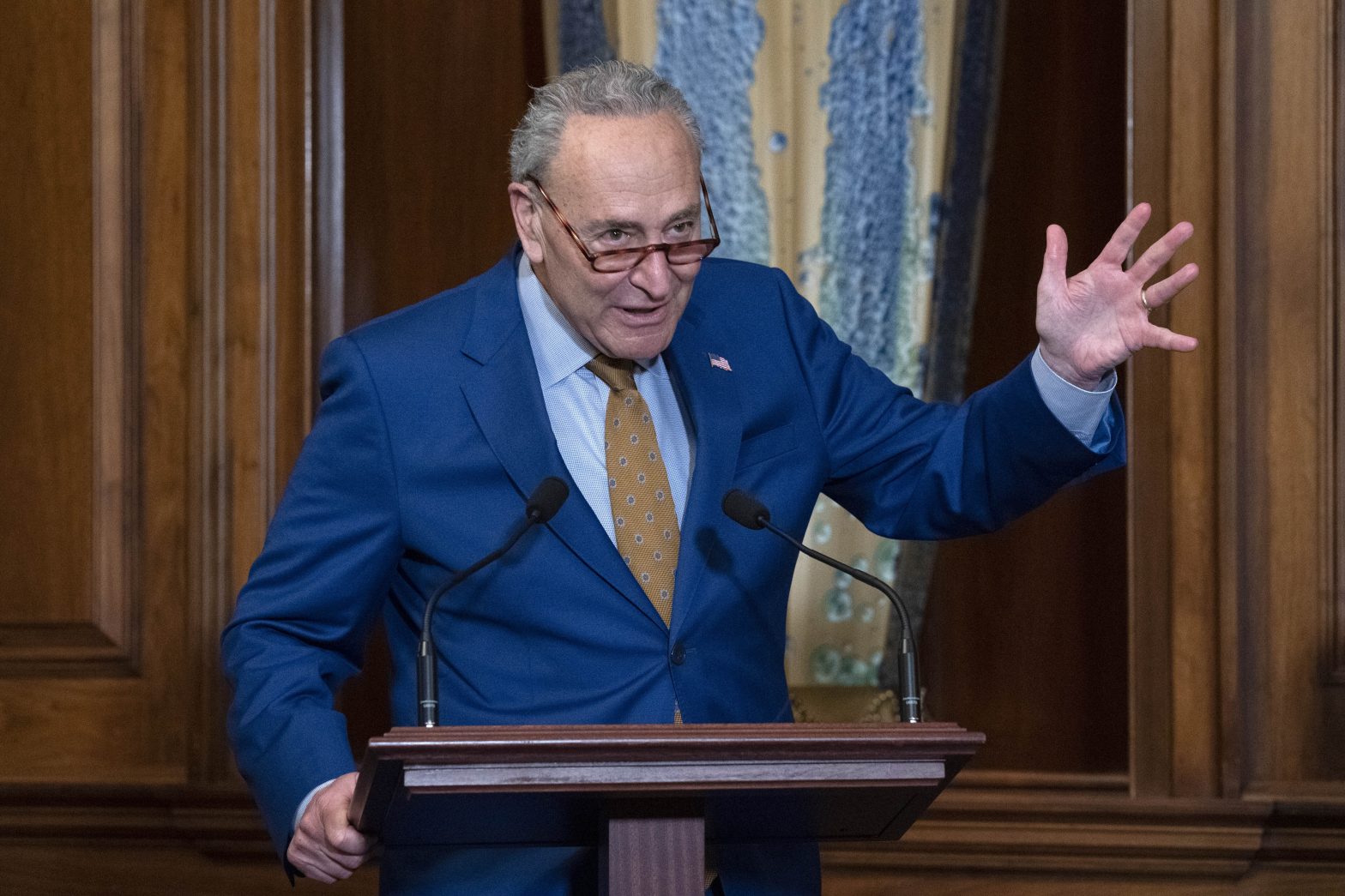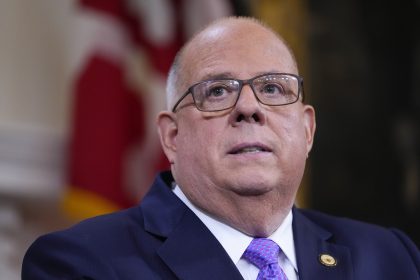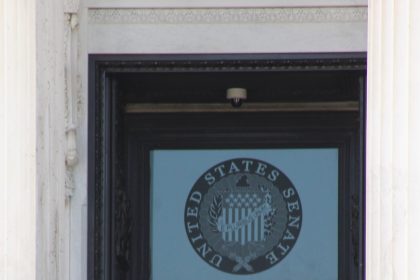EXPLAINER: What’s the Senate Filibuster and Why Change It?

WASHINGTON (AP) — Senate Republicans are poised to use a filibuster to derail Democrats’ effort to launch a bipartisan probe of the Jan. 6 attack on the Capitol. The showdown will be the first vote this year when the GOP has used the delaying tactic to try killing major legislation.
Yet while the GOP seemed certain to succeed Thursday, their victory may prod Democrats closer to curbing or eliminating a legislative tactic that’s been the bane of Senate majorities since the Founding Fathers.
Here’s a look at the filibuster, how it works and the current political firestorm over it.
WHAT’S A FILIBUSTER?
Unlike the House, the Senate places few constraints on lawmakers’ right to speak. Senators can also easily use the chamber’s rules to hinder or block votes. Collectively these procedural delays are called filibusters.
Senate records say the term began appearing in the mid-19th century. The word comes from a Dutch term for “freebooter” and the Spanish “filibusteros” that were used to describe pirates.
Filibusters were emblazoned in the public’s mind in part by the 1939 film, “Mr. Smith Goes to Washington,” in which Jimmy Stewart portrayed a senator who spoke on the chamber’s floor until exhaustion. In a real-life version of that, Sen. Strom Thurmond, R-S.C., stood continuously by his desk for 24 hours and 18 minutes speaking against the 1957 Civil Rights Act, the longest Senate speech by a single senator for which there are records of speaking length.
Those days are mostly gone. Senators usually tell Senate leaders or announce publicly that they will filibuster a bill, with no lengthy speeches required. Their impact usually flows not from delaying Senate business but from the need to get a supermajority of votes to end them.
HOW DO FILIBUSTERS END?
Records from the first Congress in 1789 show senators complaining about long speeches blocking legislation. Frustration grew and in 1917, the Senate voted to let senators end filibusters with a two-thirds majority vote.
In 1975, the Senate lowered that margin to the current three-fifths majority, which in the 100-member chamber is 60 votes. That margin is needed to end filibusters against nearly all types of legislation, but no longer applies to nominations.
Democrats controlling the Senate in 2013, angered by GOP delays on then-President Barack Obama’s picks, reduced the margin for ending filibusters against most appointees to a simple majority, exempting Supreme Court nominees. In 2017, Republicans running the chamber, eager to add conservative justices under then-President Donald Trump, lowered the threshold to a simple majority for Supreme Court picks as well.
WHAT’S THE PROBLEM?
Democrats emerged from the 2020 elections controlling the White House, Senate and House. They had pent-up pressure to enact an agenda that includes spending trillions to bolster the economy and battle the pandemic, expanding voting rights and helping millions of immigrants in the U.S. illegally become citizens.
But Democrats have a slender House majority and control the 50-50 Senate only because of the tie-breaking vote of Vice President Kamala Harris. That means that to overcome a filibuster, Democrats need support from at least 10 Republicans, a heavy lift in a time of intense partisanship.
That’s frustrated progressive senators and outside liberal groups, who’ve pressured Senate Majority Leader Chuck Schumer, D-N.Y., to eliminate filibusters — even as their use has become increasingly common by whichever party is in the minority.
According to Senate records dating back to World War I, the number of votes to end filibusters in any two-year Congress never reached 100 until the 2007-2008 sessions. It hit a high of 298 in the 2019-2020 Congress, mostly on Trump appointees that Republicans running the Senate were pushing to confirmation.
In this year’s first five months as of this week, there were already 41 votes to end filibusters, mostly on President Joe Biden’s nominees.
WHAT CAN DEMOCRATS DO?
It takes a simple majority, 51 votes, to change how the Senate cuts off filibusters. GOP support for retaining them is solid, with Senate Minority Leader Mitch McConnell, R-Ky., saying Democrats want to end them in a quest for “raw power.”
But with Democrats eager to enact their priorities before they lose their fragile majority, their support for discarding filibusters has grown. Biden, who’s influential despite having no vote on the matter, has said the tactic is “being abused in a gigantic way.”
Yet Democrats lack the votes to do that. Their two most conservative senators, Joe Manchin of West Virginia and Arizona’s Kyrsten Sinema, have opposed a change, arguing the country is better served when Congress can find bipartisan solutions to its problems.
WHAT IMPACT MIGHT THE JAN. 6 COMMISSION VOTE HAVE ON FILIBUSTERS?
Democrats consider creating a commission to examine the violent attack on the Capitol by Trump supporters just one of many issues they’re pushing that the public supports. Others in that category include House-passed measures easing voting access, expanding citizenship opportunities for immigrants and curbing gun rights.
So far, Schumer hasn’t forced Senate votes on many such bills. But advocates of eliminating filibusters hope Thursday’s vote on the Jan. 6 commission, a top Democratic priority, will build pressure on Schumer, Manchin and Sinema to eliminate the delays.
Schumer hasn’t overtly tipped his hand on what he’ll do but has consistently kept the door open. The Senate spent much of this week debating a bipartisan bill aimed at strengthening the U.S.’s ability to compete economically with China, which some saw as demonstrating that Democrats work with Republicans when they can.
“We hope to move forward with Republicans, but we’re not going to let them saying no stand in our way,” Schumer said this week.
Democrats used special budget procedures to push Biden’s $1.9 trillion COVID-19 relief package through the Senate with just a simple majority in March. They may try the same with Biden’s huge infrastructure bill, but Senate rules limit the ability to use that route.
























